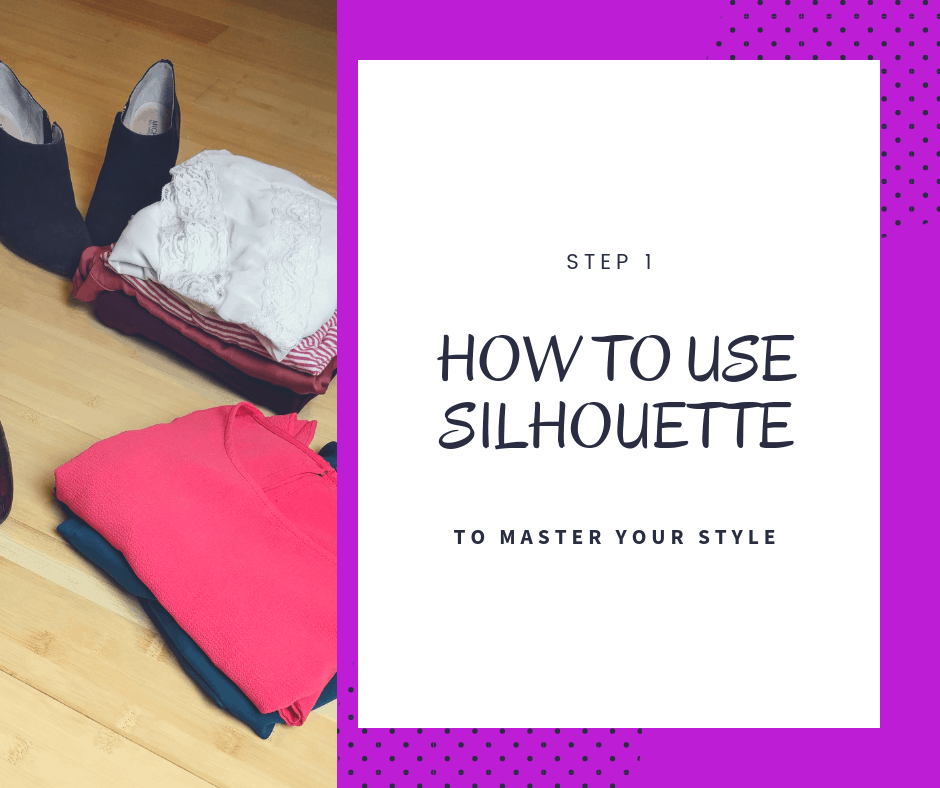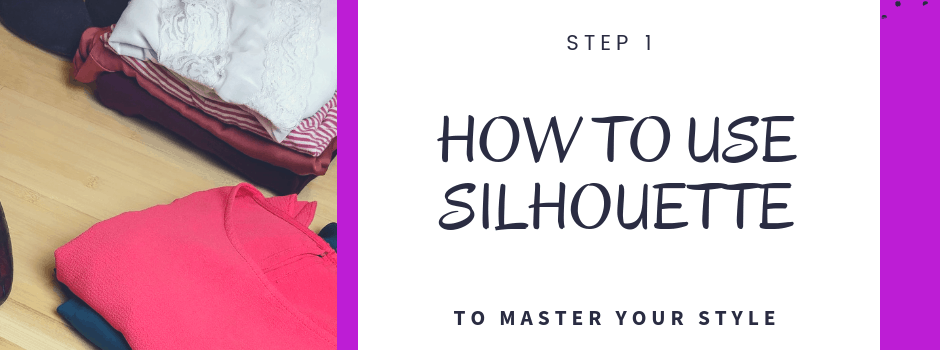
What is silhouette in fashion?

To Begin, the first ingredient in your style recipe is the silhouette. The easiest way to understand what a silhouette is is to think about a shadow. It is the outline of the shape of the garment or entire outfit.
Not only is the shape is determined by the body of the individual wearing the garment, but also the excess space between the garment and the body. The excess space is called ease. The exact same garment could have a slightly different outline depending on the body that is wearing it.
What are the basic silhouettes?
A body conscious silhouette fits very close to the body. There are some basic “classic” silhouettes that seem to stick around or cycle in and out of fashion as well as some new silhouettes that are less common, but probably more exciting for the adventurous dresser.
- Sheath
- Fit and flare
- Tubular or straight
- Tent or trapeze
- A-line
- Bell shaped
- Tapered or inverted
- Mermaid
- Trumpet
Alternatively, less common silhouettes may not ever have a name, but one silhouette trend that has made a name for itself on the TV show “Project Runway” has been dubbed the “poopy-pant”. Still other, more avant-garde silhouettes are exaggerations of the classics.

Definitions of different types of silhouettes

Sheath
The sheath silhouette is fitted close to the body. As a result, it is perfectly suited for an hourglass figure and with the right elements and emphasis, can be great for a rectangle, triangle or inverted triangle as well.

Fit and Flare
The fit and flare silhouette is fitted throughout the bodice, waist and hip then flares out drastically just past the hip. It’s really hard to find a true fit and flare dress due to the fact that most available styles flare out at the waist instead of past the hip.

Tubular or Straight
The tubular or straight is also sometimes called a column dress. It is long, narrow and slim-fitting. Hence, it is a great style to make you look taller.

Tent or Trapeze
The tent or trapeze silhouette hangs loose from the shoulders and does not have a defined waist. As a result, this shape is great on rectangle figures.

A-Line
In any case, the A-line silhouette is a win for many different body shapes. It is fitted in the bodice and gradually widens from the waist to the hem. It flatters the curves of the hourglass, balances to pear and the inverted triangle and gives the appearance of curves to the rectangle.

Empire
An empire silhouette is fitted through the bust and flares out just below the bust. This shape is flattering for a diamond. It can also successfully be worn by triangles, and rectangular body shapes.

Bell
A bell shape silhouette is fitted through the bodice, flares from the waist down and the hem goes slightly inward again.

Tapered or inverted
In contrast, the tapered or inverted silhouette is narrower at the bottom or hem of the garment. A pegged-top skirt is a good example of a tapered silhouette. Some pencil skirts and pants are tapered as well.

Mermaid
Similarly, the mermaid silhouette is partially fitted, but the flare begins at or below the knee instead of below the hip.

Trumpet
In a similar fashion, the trumpet silhouette is also a type of fit and flare. It is fitted through the bodice, waist and hip and flares gradually at the mid-thigh.
How can I use a silhouette to my advantage?
Ultimately, mindful silhouette selections create or maintain the balance of the figure. In summary, the areas that draw the most focus are the narrowest part of the shape and the widest part of the shape.
What’s next
We’ll explore all the ingredients in our style recipe. Then, we’ll look at how to combine all the ingredients based on specific body types. If you want to emphasize a small waist, wear a garment fitted at the waist. Likewise, have the hem of your garment end at the narrowest part of your thigh for shorter skirts and shorts and narrowest part of your calf or ankle for longer skirts. This is a good rule for sleeve lengths as well.
Practically speaking
In conclusion, what kinds of silhouettes are you wearing now? Can you identify them? Click on over to Pinterest to see the silhouette section of my Style Recipe board.
Once you’ve mastered your outer shapes, it’s time to move on to mastering line.






